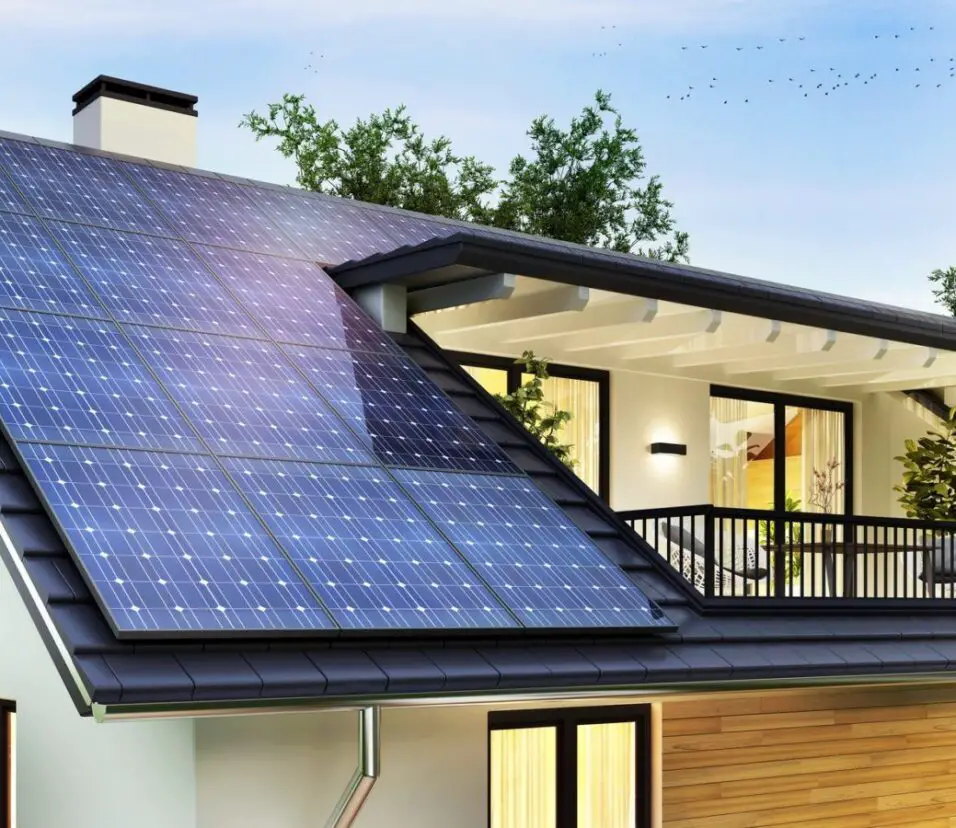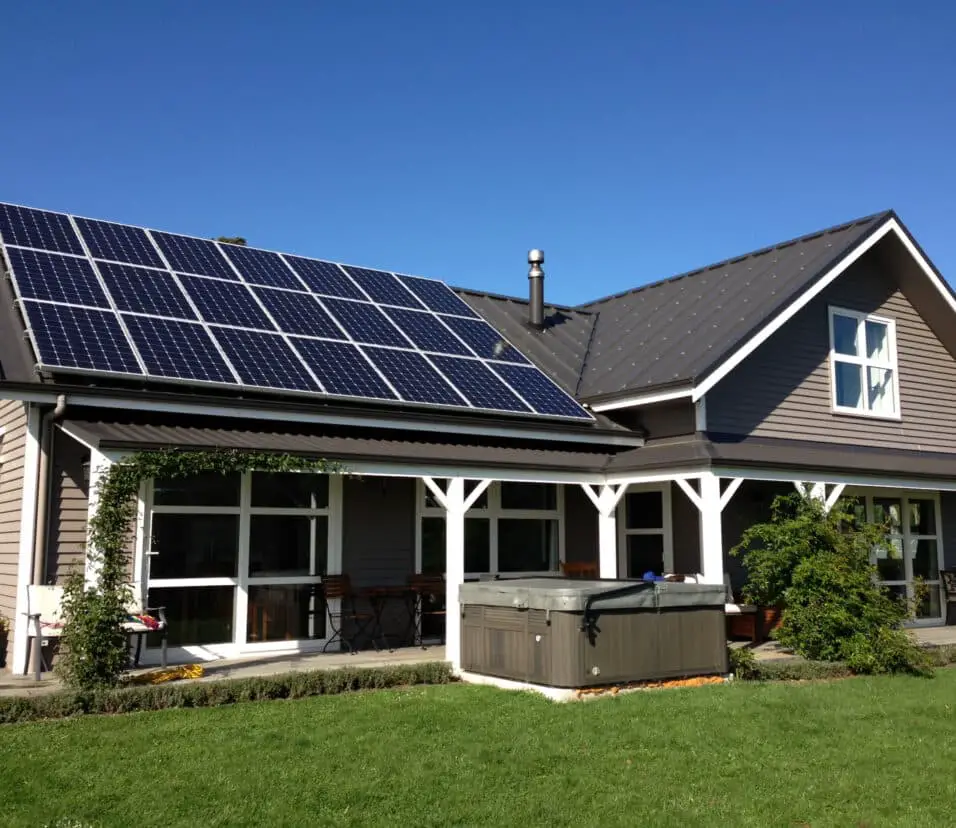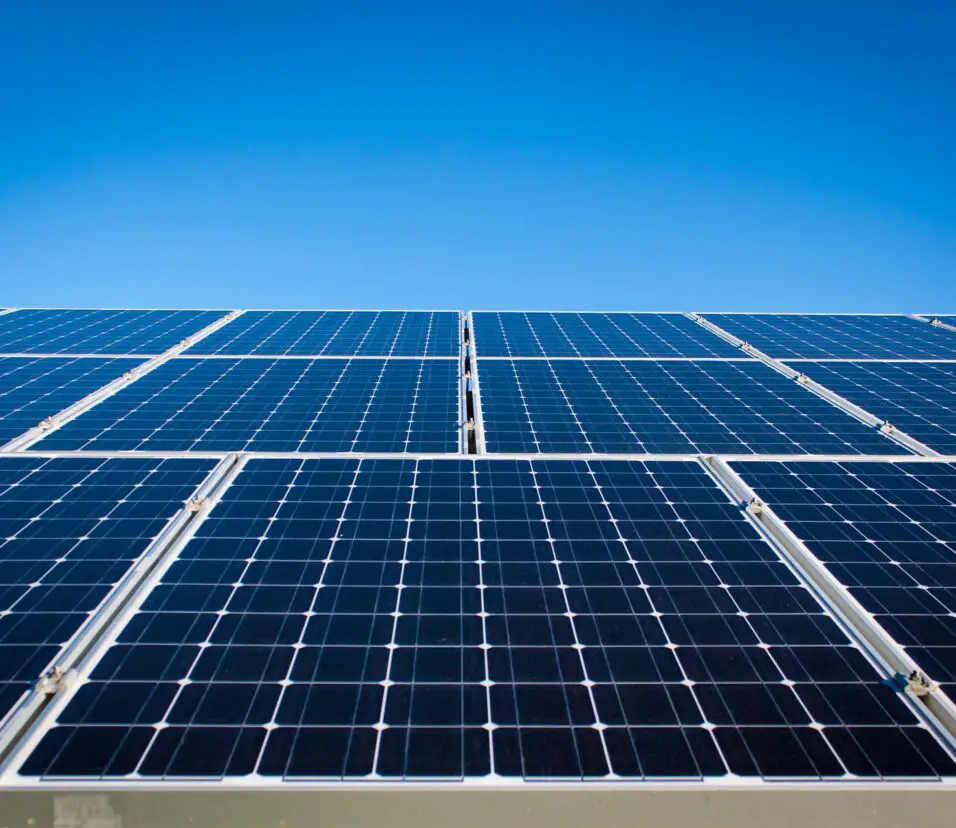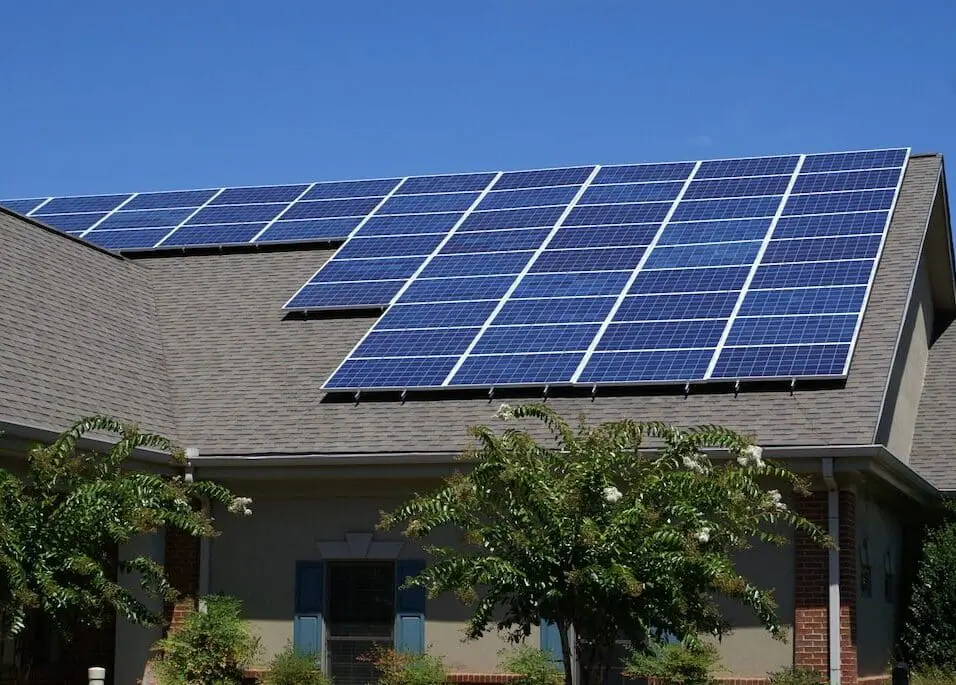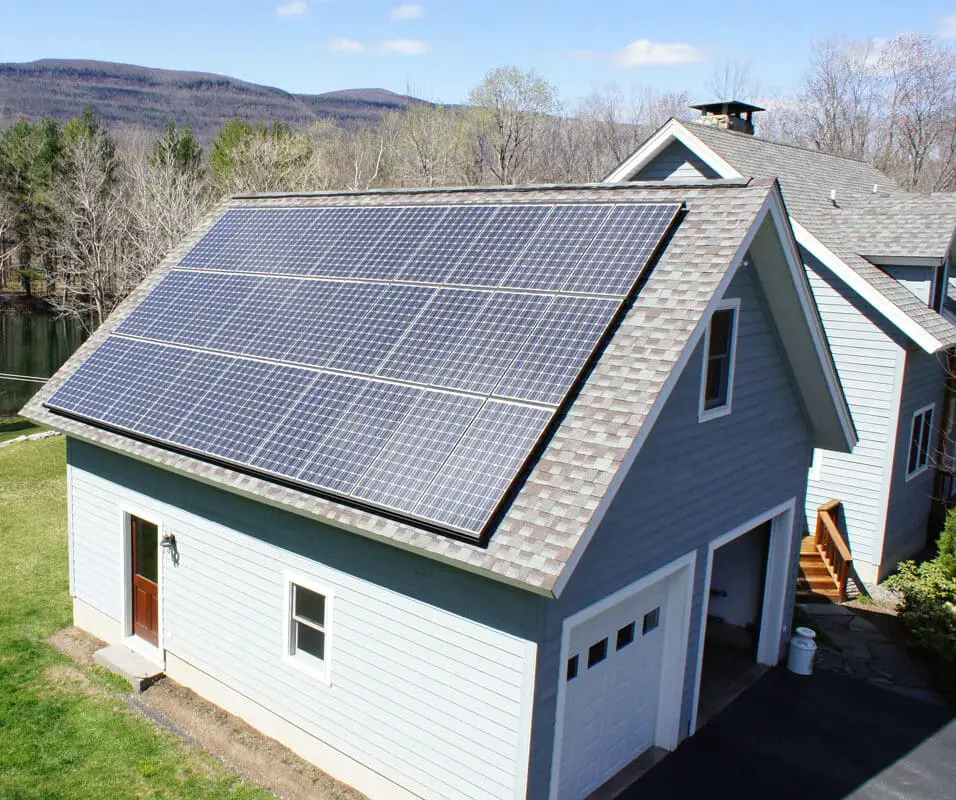How Many Solar Batteries Are Needed To Power A House
Introduction
How Many Solar Batteries Are Needed To Power A House: Solar batteries play a vital role in a residential solar power system by acting as an energy reservoir, storing surplus electricity generated during sunny periods for use during cloudy days or at night. They serve as the bridge between intermittent sunlight and a constant supply of power, providing homeowners with a reliable and uninterrupted energy source.
The intricacies of determining the number of solar batteries needed to effectively power a house. We will explore various factors such as energy consumption patterns, solar panel capacity, battery technologies, and storage capabilities. Additionally, we will discuss strategies to optimize energy usage, maximize cost savings, and reduce carbon footprints through proper battery sizing and smart energy management.
Have gained valuable insights into tailoring a solar panel battery system perfectly suited to meet your household’s energy needs, ensuring a sustainable, eco-friendly, and economically sound energy future. So, let’s embark on this enlightening journey into the realm of solar power and discover how to transform your home into a self-sufficient powerhouse fueled by the sun’s abundant energy.
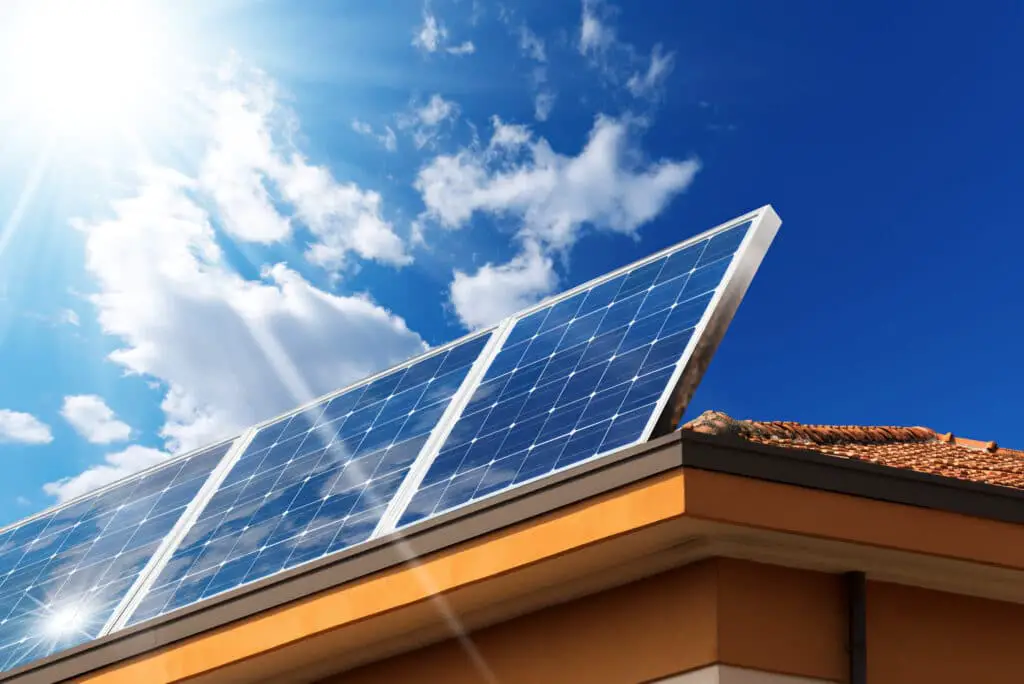
How many batteries do I need for a 3kW solar system?
A 3kW solar system consists of solar panels with a combined peak output of 3 kilowatts, meaning they can generate 3 kilowatt-hours (kWh) of electricity per hour under ideal conditions. The actual energy production will vary depending on factors such as location, orientation, tilt angle, shading, and weather conditions.
Solar batteries act as energy storage units, allowing you to store surplus electricity generated by your solar panels during sunny periods. These batteries discharge power when the solar panels are not producing enough electricity, such as during nighttime or cloudy days. This ensures a continuous and reliable energy supply, reducing dependence on the grid and maximizing self-consumption of solar energy.
To determine the number of batteries needed for your 3kW solar system, it is essential to assess your household’s energy consumption patterns. A detailed energy audit will help identify your daily energy requirements and peak usage periods. For instance, if your battery has a DoD of 80% and its capacity is 10 kWh, you can effectively use 8 kWh of energy.
How long do solar batteries last?
Between 5 to 25 years
On average, solar batteries last between 5 to 25 years. Lithium-ion batteries are the most prevalent solar battery type and have a lifespan of up to 15 years. Some factors that impact a solar battery’s longevity are battery type, installation, depth of discharge, cycle life, environment and maintenance. Different battery chemistries, such as lead-acid, lithium-ion, and saltwater batteries, have varying characteristics that impact their longevity.
Lead-acid batteries are one of the oldest and most common types used in solar energy storage. These batteries are cost-effective but may require more frequent replacement.
The depth of discharge refers to the amount of a battery’s total capacity that is utilized during each charge-discharge cycle. Shallower discharge levels can extend battery life significantly. For example, regularly discharging a battery to only 20% of its capacity, rather than 80%, can significantly prolong its lifespan.
Do solar batteries last all night?
Solar batteries may usually last all night, depending on energy usage and number of batteries. For instance, high-energy households may need multiple batteries.
Solar batteries let homes store excess solar power. Solar batteries give homeowners energy independence and reduce grid dependence.
Best case scenario, a large solar battery system can power the house till sunrise. As indicated previously, various factors determine this. The household’s energy usage patterns and daily solar energy availability should be considered while designing a solar battery system.
Planning is essential to ensure solar batteries last all night. An experienced solar installation may conduct a household energy audit, analyze energy consumption, and build a solar battery system that fulfills needs.
This involves choosing the optimum battery capacity, charge-discharge cycles, and chemistry for long-term performance.
What happens when solar batteries are full?
Battery charge controllers stop electricity flow when they signal that batteries are full. Many solar power systems incorporate inverters and charge controllers to ensure trickle charging and redistribute excess charges. However, you can also return power to the grid.
When solar batteries are full, the charge regulation mechanism built into the battery management system comes into play. This system monitors the battery’s state of charge and prevents overcharging, a situation where the battery receives more energy than it can store.
Overcharging can lead to battery degradation and reduced lifespan. To prevent this, the battery management system regulates the charge flow, stopping the charging process when the battery reaches its full capacity.
For off-grid solar systems, where there is no connection to the utility grid, having full batteries is crucial for energy independence. Proper battery management is essential for extending the lifespan of solar batteries. Overcharging and deep discharges can lead to premature battery failure and reduced efficiency. Manufacturers design battery management systems to carefully control the charging and discharging processes, ensuring the batteries operate within their optimal range.
In some cases, homeowners may choose to expand their energy storage capacity by adding more batteries to the system. This allows for greater energy storage during periods of high solar production and can provide more backup power during extended periods of low solar energy generation.
Why my solar battery is draining fast?
It may be that charging and discharging the batteries too quickly is a sign of inadequate battery sizing, improper IMEON settings, or the end of battery life.
One of the primary reasons for fast draining solar batteries is high energy consumption in the household. If the energy demands exceed the amount of energy being generated by the solar panels, the battery will discharge quickly to meet the shortfall. Conducting an energy audit can help identify energy-hungry appliances and habits, allowing homeowners to optimize their energy consumption patterns.
Old or inefficient appliances can draw more power from the solar battery, causing faster drainage. Replacing outdated appliances with energy-efficient models can significantly reduce energy consumption and prolong battery life.
The solar battery’s performance is directly dependent on the amount of energy generated by the solar panels. Factors such as shading, orientation, tilt angle, and weather conditions can impact solar panel output. Ensuring the solar panels are clean and properly maintained can optimize energy production and reduce strain on the battery.
As solar batteries age, their capacity and efficiency can diminish. Over time, batteries may not hold as much charge as they did when new, leading to faster draining. Monitoring battery health and considering replacements when necessary is crucial to maintaining optimal performance.
Excessive discharge of a battery (deep cycling) can lead to faster wear and tear, reducing its lifespan. Most solar batteries have recommended depth of discharge levels to ensure longevity. Keeping the depth of discharge within the recommended range can help extend the battery’s life.
What can damage solar battery?
Too high a voltage and the batteries will heat up, release hydrogen gas and be permanently damaged (hydrogen gas leaks are irreversible in unsealed cells). This is especially true in gel batteries where charging voltage sensitivity is a very common source of failure.
One of the most significant factors that can damage solar batteries is overcharging and deep discharging. Overcharging occurs when the battery receives more energy than it can store, leading to excessive heat generation and battery degradation. Deep discharging, on the other hand, occurs when the battery is excessively drained, going below the recommended depth of discharge (DoD).
Both overcharging and deep discharging can shorten the battery’s lifespan and reduce its efficiency. Installing a battery management system that monitors and regulates charging and discharging processes is essential. This system helps prevent overcharging and deep discharging, ensuring the battery operates within safe and optimal ranges.
Extreme temperatures, especially high heat, can negatively impact battery performance and lead to accelerated deterioration. Excessive heat can cause the battery’s electrolyte to evaporate, resulting in reduced capacity and overall battery failure.
Placing the solar battery in a well-ventilated and shaded area can help regulate the temperature. Additionally, choosing batteries with higher temperature tolerances can improve their resilience to heat.
Sulfation occurs when lead-acid batteries are left in a discharged state for extended periods. The lead sulfate crystals formed during this process can prevent the battery from accepting a full charge, reducing its capacity and performance.
Regularly charging the battery and avoiding prolonged periods of deep discharging can prevent sulfation. If the battery has been left discharged for an extended period, a process called desulfation can sometimes help reverse the damage.
What reduces solar battery life?
Battery Cycling
The number of cycles a solar battery goes through before showing reduced performance is another determinant of its lifespan. A cycle refers to the time it takes for a solar battery to drain and recharge completely. More frequent use leads to more cycles and a shorter lifespan.
The depth of discharge refers to the percentage of a battery’s total capacity that is used during each charge-discharge cycle. Frequent deep discharging can accelerate battery wear and reduce its lifespan. Batteries with a higher depth of discharge may experience a shorter overall life.
To extend battery life, avoid frequent deep discharges. Maintaining the depth of discharge within the manufacturer’s recommended levels can help preserve the battery’s capacity and efficiency.
Overcharging occurs when a battery is charged beyond its maximum capacity. This leads to increased internal pressure and higher operating temperatures, which can cause battery degradation and reduce its longevity.
Utilize a battery management system or charge controller that regulates the charging process, preventing overcharging and ensuring the battery operates within safe parameters.
Both high and low temperatures can impact battery performance and contribute to reduced battery life. High temperatures can cause accelerated chemical reactions, while freezing temperatures can damage battery components.
Properly insulate the battery storage area and ensure adequate ventilation to regulate temperature. Consider batteries designed for specific temperature ranges, such as those suitable for hot or cold climates.
How do I know if my solar battery is weak?
Voltage drop
One of the most obvious signs of solar battery degradation is a decrease in voltage output. Voltage is the measure of the electrical potential of the battery, and it determines how much power it can deliver to your appliances and devices.
A weak solar battery may not be able to sustain its rated power output for as long as it once did. This can result in shorter discharge durations, meaning the battery will deplete its stored energy faster than expected.
Another indicator of a weak solar battery is an extended charging time. If the battery takes longer to reach its full capacity, it may be losing its ability to accept and store energy efficiently.
While solar panels and batteries are separate components, a decline in solar panel performance can indirectly indicate a weak battery. Reduced energy generation from the solar panels can lead to the battery not receiving enough charge, resulting in weaker performance overall.
A weak solar battery may frequently operate at a low state of charge (SOC), indicating that it is struggling to hold a substantial amount of energy. If the SOC remains consistently low, it may indicate a problem with the battery.
A healthy solar battery should have minimal self-discharge, meaning it retains its charge for extended periods when not in use. If you notice that the battery is losing charge rapidly even when not connected to any load, it could be a sign of weakness.
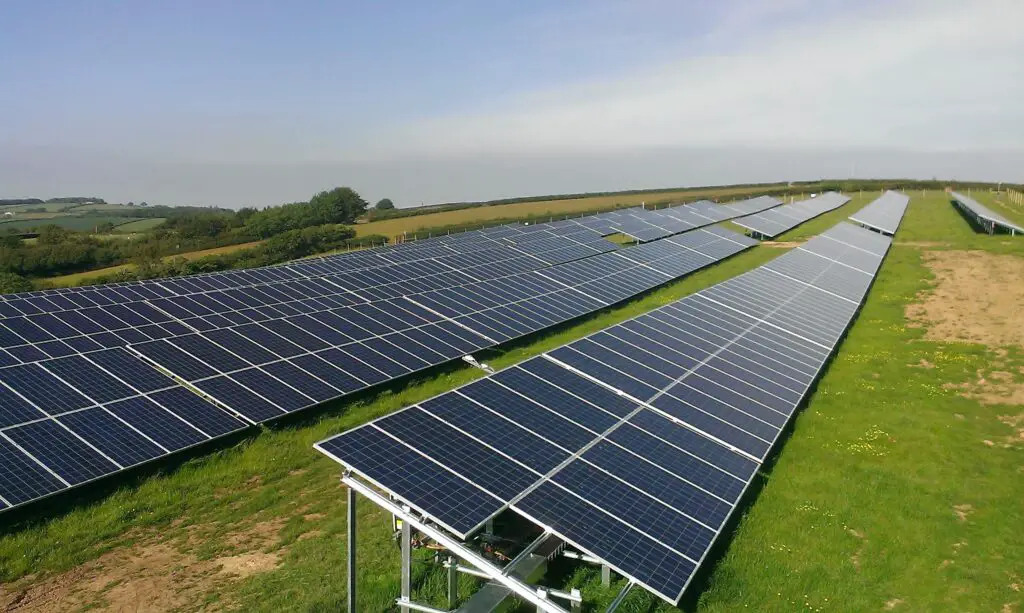
Conclusion
Achieving a sustainable and self-sufficient solar-powered home requires a delicate balance between these factors. Overestimating or underestimating battery requirements can lead to inefficient energy utilization or insufficient power storage. Hence, careful consideration and proper planning are essential to strike the right equilibrium. Embracing this renewable energy source not only reduces reliance on fossil fuels but also contributes to a greener, cleaner, and more sustainable future for generations to come.
Before embarking on the solar journey, it is imperative to conduct a thorough energy audit of the household to grasp its specific energy needs accurately. This knowledge will serve as a foundation for choosing the appropriate solar panel capacity and battery storage capacity. Additionally, leveraging smart energy management systems, such as time-of-use tariffs and load-shifting techniques, can maximize the efficiency of the solar battery system.
Furthermore, as battery technologies continue to advance, we can expect improvements in energy storage capacity, efficiency, and overall cost-effectiveness. Staying updated with the latest innovations will enable homeowners to make informed decisions and solar power setups. To solar energy with the right number of solar batteries has the potential to revolutionize the way we power our homes.




